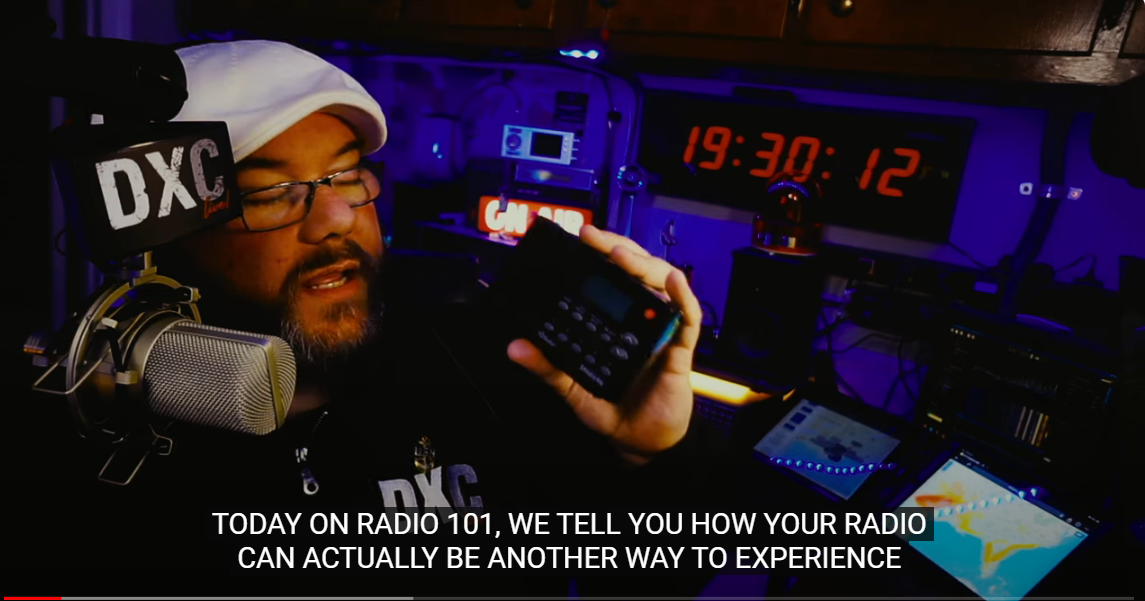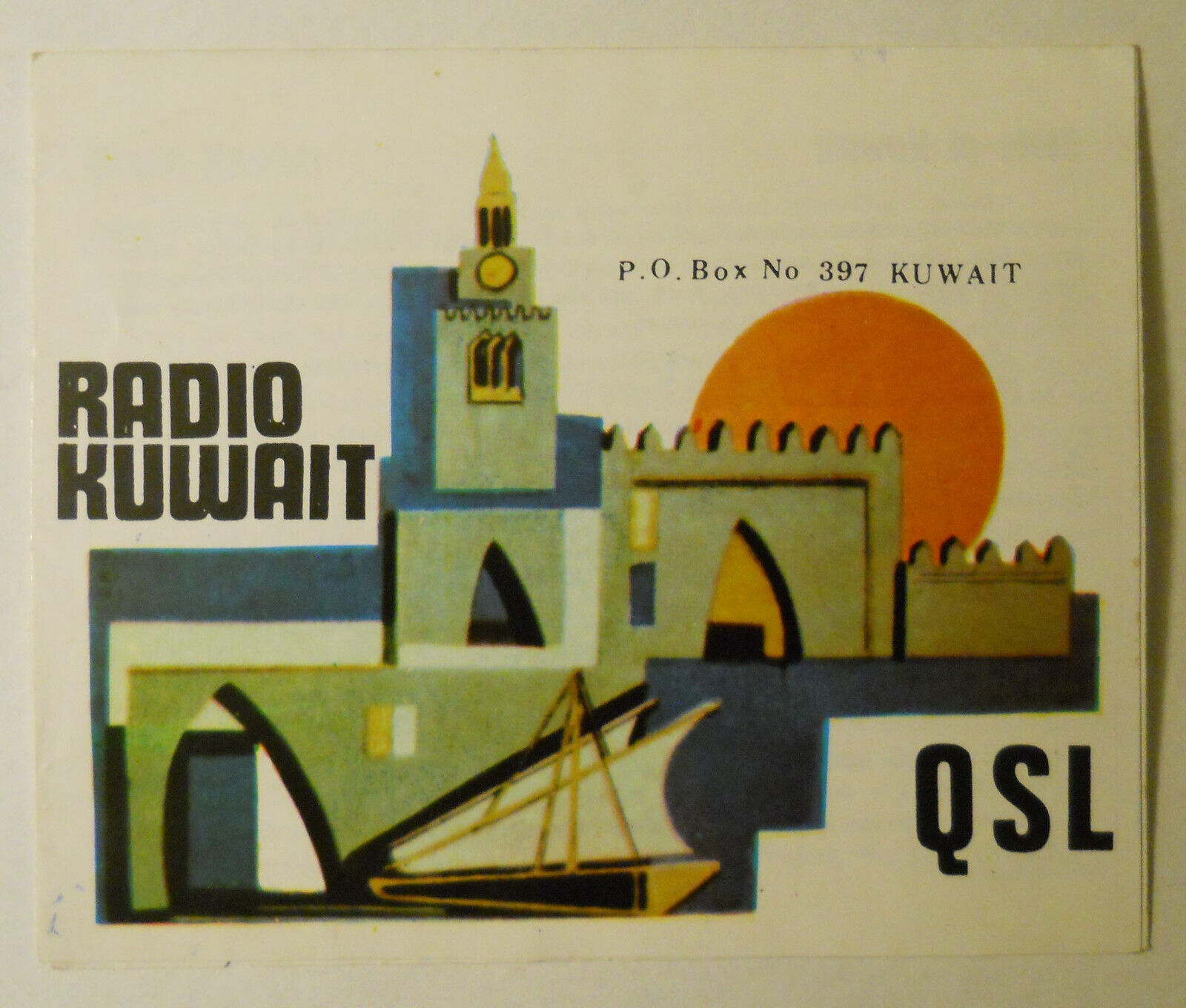MEDIA BROADCAST GmbH A24 period 31.03.2024 - 26.10.2024.
Schedule of March 31st, 2024
FREQ STARTSTOP CIRAF ANT AZI DAY FROM TO LOC POW BRC LANG
/REMARKS
15255 1300-1330 41NE 125 418 1234567 310324 261024 DB 100 AWR Nep
15440 1330-1400 49E 125 418 1234567 310324 261024 DB 100 AWR Tha
15505 1300-1330 49NW 125 416 1234567 310324 261024 DB 100 AWR Csh
15505 1330-1400 49NW 125 416 1234567 310324 261024 DB 100 AWR Lis
15505 1400-1500 41NE 125 416 1234567 310324 261024 DB 100 AWR Eng
15515 0200-0300 41NE 125 416 1234567 310324 261024 DB 100 AWR Eng
15515 1200-1300 44N,45N 60 418 1234567 310324 261024 DB 100 AWR Kor
15610 1200-1230 49 125 416 1234567 310324 261024 DB 100 AWR Mnw
7390 0430-0500 37,38W 210 216 1234567 310324 261024 NAU 250 AWR Fra
9555 2000-2030 46E,47W 185 216 1234567 310324 261024 NAU 250 AWR Fra
9610 0900-1000 28W 180 216 1 310324 261024 NAU 125 AWR Ita
9780 2000-2030 37,38W 210 216 1234567 310324 261024 NAU 250 AWR Fra
11790 2030-2100 46SE 180 216 1234567 310324 261024 NAU 250 AWR Yor
11800 1900-2000 37,38W 210 146 1234567 310324 261024 NAU 250 AWR Ara
11800 2000-2030 46SW 200 216 1234567 310324 261024 NAU 250 AWR Mos
11955 1930-2000 37,38W 210 216 1234567 310324 261024 NAU 125 AWR Shi
11960 0330-0400 48 140 216 1234567 310324 261024 NAU 125 AWR Tir
11960 0300-0330 48 140 216 1234567 310324 261024 NAU 125 AWR Orm
12040 2100-2130 46SE 180 216 1234567 310324 261024 NAU 250 AWR Pcm
12040 2130-2200 46SE 200 216 1234567 310324 261024 NAU 250 AWR Twi
15220 0600-0630 46S 175 218 1234567 310324 261024 NAU 250 AWR Fra
15220 0700-0800 37,38W 210 218 1234567 310324 261024 NAU 250 AWR Ara
15220 0830-0900 37,38W 210 218 1234567 310324 261024 NAU 250 AWR Shi
15355 1930-2000 46SE 180 218 1234567 310324 261024 NAU 250 AWR Ibo
15490 1630-1700 48 140 218 1234567 310324 261024 NAU 250 AWR Tir
15515 0400-0430 48 140 218 1234567 310324 261024 NAU 250 AWR Amh
17570 1730-1800 48SW,53N 155 218 1234567 310324 261024 NAU 250 AWR Mas
17725 1630-1700 48 140 218 1234567 310324 261024 NAU 250 AWR Amh
17725 1730-1800 48 145 218 1234567 310324 261024 NAU 250 AWR Orm
17790 0600-0630 46S 200 218 1234567 310324 261024 NAU 250 AWR Fra
9445 1500-1530 41S 163 911 1234567 310324 261024 TAC 100 AWR Tam
9490 2200-2300 43N,44N 76 904 1234567 310324 261024 TAC 100 AWR Cmn
9700 2300-2330 49E 121 418 2345 310324 261024 TAC 100 AWR Khm
9700 2300-2330 49E 121 418 167 310324 261024 TAC 100 AWR Khm
9700 2330-2400 49E 121 418 1234567 310324 261024 TAC 100 AWR Lao
11640 0000-0030 49E 122 878 1234567 310324 261024 TAC 100 AWR Vie
11730 0000-0100 43N,44N 76 904 1234567 310324 261024 TAC 100 AWR Cmn
11850 1430-1500 49NW 122 878 1234567 310324 261024 TAC 100 AWR Mya
11955 1530-1600 41N 141 418 1234567 310324 261024 TAC 100 AWR Hin
15320 2200-2230 54 131 418 1234567 310324 261024 TAC 100 AWR Xdy
15320 2230-2300 54 131 418 1234567 310324 261024 TAC 100 AWR Jan
15515 0000-0030 49E 121 418 1234567 310324 261024 TAC 100 AWR Tha
15515 0030-0100 49NW 121 418 1234567 310324 261024 TAC 100 AWR Csh
15515 0100-0130 43S,44S 110 910 12345 310324 261024 TAC 100 AWR Nan
15515 0100-0130 43S,44S 110 910 6 310324 261024 TAC 100 AWR Cmn
15515 0100-0200 43S,44S 110 910 7 310324 261024 TAC 100 AWR Cmn
15515 0130-0200 43S,44S 110 910 123456 310324 261024 TAC 100 AWR Yue
15600 1200-1230 33,43-44 76 904 67 310324 261024 TAC 100 AWR Cmn
15600 1200-1230 33,43-44 76 904 12345 310324 261024 TAC 100 AWR Nan
15600 1230-1300 33,43-44 76 904 123457 310324 261024 TAC 100 AWR Yue
15600 1230-1300 33,43-44 76 904 6 310324 261024 TAC 100 AWR Cmn
15680 1530-1600 41S 163 910 1234567 310324 261024 TAC 100 AWR Kan
15710 1300-1330 54 110 910 1234567 310324 261024 TAC 100 AWR Hak
15710 1400-1500 43S,44S 110 910 1234567 310324 261024 TAC 100 AWR Cmn
17620 1330-1400 49E 121 418 12346 310324 261024 TAC 100 AWR Isn
17620 1330-1400 49E 121 418 57 310324 261024 TAC 100 AWR Lao
17720 1030-1100 43N,44S 76 904 1234567 310324 261024 TAC 100 AWR Mon
17790 1330-1400 41NE 110 910 56 310324 261024 TAC 100 AWR Hmn
17790 1330-1400 41NE 110 910 14 310324 261024 TAC 100 AWR Asm
17790 1330-1400 54N 110 910 237 310324 261024 TAC 100 AWR Ind
9635 1815-1830 39,4 130 216 1 310324 261024 NAU 250 BVB Mul
9720 1830-1900 37N 230 216 1 310324 261024 NAU 125 BVB Mul
9810 1730-1830 39 126 216 1 310324 261024 NAU 100 BVB Mul
9810 1730-1830 39 126 216 7 310324 261024 NAU 100 BVB Mul
9810 1700-1715 39 126 216 6 310324 261024 NAU 100 BVB Mul
9810 1700-1730 39 126 216 5 310324 261024 NAU 100 BVB Mul
9810 1830-1915 39 126 216 1 310324 261024 NAU 100 BVB Mul
11655 0600-0615 4647,38,37 180 146 1234567 310324 261024 NAU 125 BVB Mul
11855 1800-1900 39,4 105 216 5 310324 261024 NAU 100 BVB Mul
11855 1800-1830 39,4 105 216 6 310324 261024 NAU 100 BVB Mul
11855 1830-1900 39,4 105 216 13 310324 261024 NAU 100 BVB Mul
13730 0500-0515 39,4 120 216 6 310324 261024 NAU 250 BVB Mul
15310 1600-1730 38-3947-48 150 218 1 310324 261024 NAU 100 BVB Mul
15310 1600-1630 38-3947-48 150 218 2 310324 261024 NAU 100 BVB Mul
15310 1600-1630 38-3947-48 150 218 3 310324 261024 NAU 100 BVB Mul
15310 1700-1730 38-3947-48 150 218 3 310324 261024 NAU 100 BVB Mul
15310 1630-1730 38-3947-48 150 218 7 310324 261024 NAU 100 BVB Mul
15310 1700-1730 38-3947-48 150 218 4 310324 261024 NAU 100 BVB Mul
15310 1700-1730 38-3947-48 150 218 5 310324 261024 NAU 100 BVB Mul
15310 1600-1630 38-3947-48 150 218 56 310324 261024 NAU 100 BVB Mul
17650 1400-1430 41 102 218 7 310324 261024 NAU 250 BVB Mul
1st Sat p.Month.
17650 1430-1500 41 102 218 17 310324 261024 NAU 250 BVB Mul
9490 1710-1730 38E,39,40W 141 616 24 310324 261024 SOF 100 BVB Mul
15300 1430-1500 47,48 236 418 1234567 310324 261024 TAC 100 BVB Mul
17670 1200-1230 43S,44S 110 911 7 310324 261024 TAC 100 BVB Mul
17670 1230-1245 54 121 418 1 310324 261024 TAC 100 BVB Mul
15275 1600-1700 48 130 211 1234567 310324 261024 ISS 250 DWL Amh
15275 1215-1300 47E,48W 133 206 4 310324 300624 ISS 250 DWL Ara
17800 1600-1700 48 130 217 1234567 310324 261024 ISS 250 DWL Amh
17800 1215-1300 47E,48W 133 207 4 310324 300624 ISS 250 DWL Ara
15275 1830-1915 47E,48W 150 218 4 310324 300624 NAU 250 DWL Ara
17840 1830-1915 47E,48W 150 218 4 310324 300624 NAU 250 DWL Ara
6055 1030-1100 27,28 222 146 17 310324 261024 NAU 125 EMG Mul
11700 1530-1630 29S 100 146 7 310324 261024 NAU 125 HCJ Mul
11615 2000-2100 37-3846-47 213 146 35 310324 261024 NAU 100*M4J Mul
11710 1830-1930 29-3039-41 101 216 35 310324 261024 NAU 100*M4J Mul
13730 1800-1900 48N,48SW 158 218 35 310324 261024 NAU 100*M4J Mul
17670 1300-1400 43-4445-50 62 218 35 310324 261024 NAU 100*M4J Mul
6165 0430-0450 27,28 85 146 1234567 310324 261024 NAU 125 NHK Rus
15420 1700-1730 38E,39S,48 144 218 246 310324 261024 NAU 100 SBO Mul
6095 0800-0900 27E,28NW 233 156 1 310324 261024 NAU 100 SKW Mul
1st Sun p.Month.
6095 1000-1100 27E,28 233 156 1 210424 210424 NAU 100 SMD Deu
6095 1000-1100 27E,28 233 156 1 210724 210724 NAU 100 SMD Deu
6095 1000-1100 27E,28 233 156 1 201024 201024 NAU 100 SMD Deu
6095 1200-1300 27E,28 233 156 4 010524 010524 NAU 100 SMD Deu
* = DRM ... Day 1 = Sunday ... Day 7 = Saturday
List of Broadcasters which are using MEDIA BROADCAST (MBR) broadcasting
facilities:
AWR Adventist World Radio
BVB High Adventure Gospel - Bible Voice Broadcasting
DWL Deutsche Welle Bonn / Berlin, Germany
EMG Evangelische Missionsgemeinden in Deutschland
HCJ Reach Beyond (former Voice of the Andes)
Sats only, 1530 UTC Russian, 1600 UTC Chechen language
M4J Music 4 Joy
NHK NHK (JAPAN BROADCASTING CORPORATION) Tokyo, Japan
SBO Sagalee Bilisummaa Oromoo, Voice of Oromo Liberation. Berlin
SKW Foerderverein "Sender Koenigs Wusterhausen" e.V.
SMD SM Radio Dessau, Germany
Michael Puetz
MEDIA BROADCAST GmbH
Order Management & Backoffice
Erna-Scheffler-Strasse 1
D-51103 Cologne
Germany, Europe
Please send your inquiries and reception reports to:
E-Mail: QSL-Shortwave -at- media-broadcast.com
(MBR via Michael Bethge-D, wwdxc DXM April 2024)
(WWDXC Top Nx/13 Apr 2024)





















